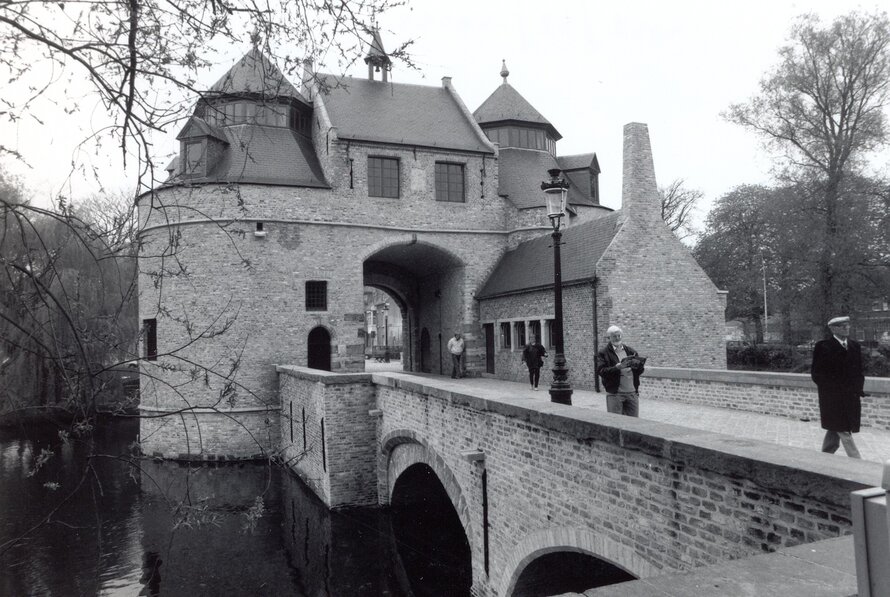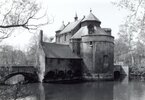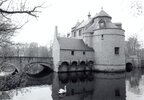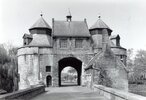Restoration of Ezelpoort, Brugge
The Ezelpoort (Donkey's gate), built from 1369-1370 by Jan Slabbaerd, is a relic of the medieval fortifications of the city of Bruges. In the beginning of the 17th century the gate lost its defensive character. The upper part of both towers were demolished and replaced by ...
Read more
Project details
| Title: | Restoration of Ezelpoort, Brugge |
|---|---|
| Entr. year: | 1994 |
| Result: | Diploma |
| Country: | Belgium |
| Town: | Brugge |
| Category type: | architectural heritage |
| Building type/ Project type: | Military/Defence/Fortified building/system |
| Former use: | City gate, part of the city's defensive wall |
| Actual use: | Historic city gate |
| Built: | 14th century |
| Architect / Proj.leader: | Jan Slabbaerd, Architect , J. Victoir - H.De Troyer, Architects (Brussel -BE); Ontwerpbureau Stad Brugge |
| The Jury's citation: | "For the sensitive restoration and repair of a medieval gatehause and its 17th century additions and the reconstruction of the adjacent bridges" |
| GPS: | 51°12'55.9"N 3°12'56.3"E |
| Web, Links: | www.visitbruges.be/en/ezelpoort-donkeys-gate |
Description:
The Ezelpoort (Donkey's gate), built from 1369-1370 by Jan Slabbaerd, is a relic of the medieval fortifications of the city of Bruges. In the beginning of the 17th century the gate lost its defensive character. The upper part of both towers were demolished and replaced by octagonal peaked roofs. A new central part was constructed over the gate passage with a small bell tower and a one-storeyed porter's lodge. Between 1897 and 1902 town-architect Charles de Wulf made ambitious plans to reconstruct the tower to its original shape. His plans caused big controversies between opponents and those in favour of his restoration scheme. In 1902 it was finally rejected by the city government. Since then the Ezelpoort remained almost untouched, apart from some urgent small repairs, and decayed. At the beginning of the Eighties the Municipality made a new restoration plan which was approved, but due to all kind of administrative difficulties it never has been implemented. Only in 1991 the restoration of the gate was started, at the initiative and paid by the National Bank of Belgium. The walls, in very bad condition due to the influence of the weather, were consolidated and partly rebuild and both bridges were reconstructed, as was the porter's lodge.
Similar projects

16th-17th century
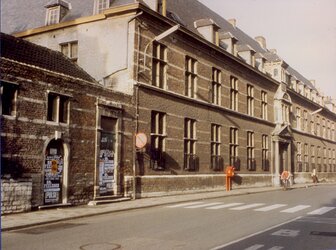
16th century
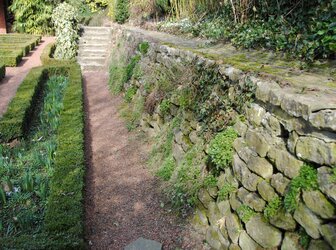
1927 - 1928
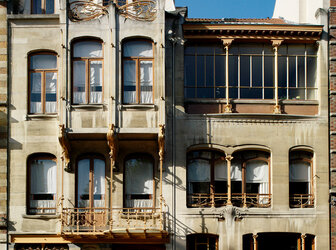
1898
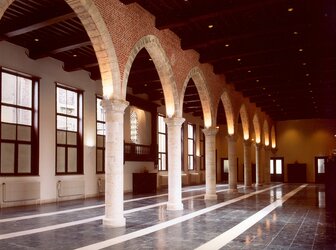
13th century
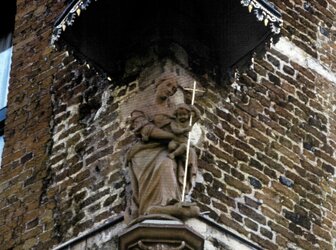
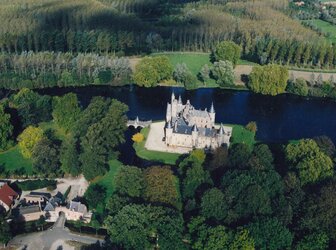
19th century
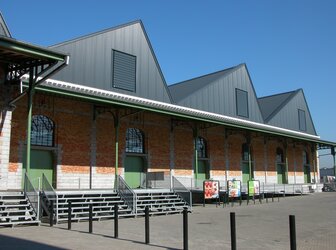
19th century
16th century
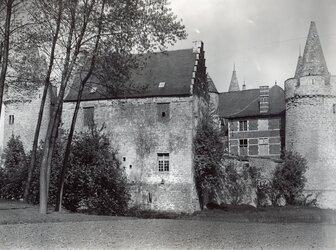
12th century
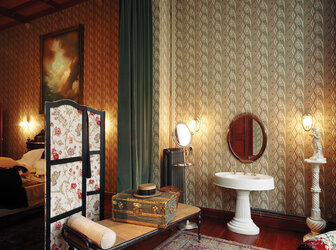
1893
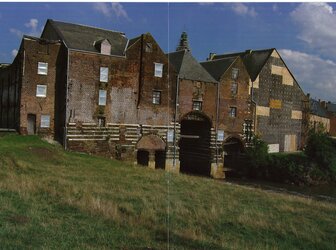
early 16th century
